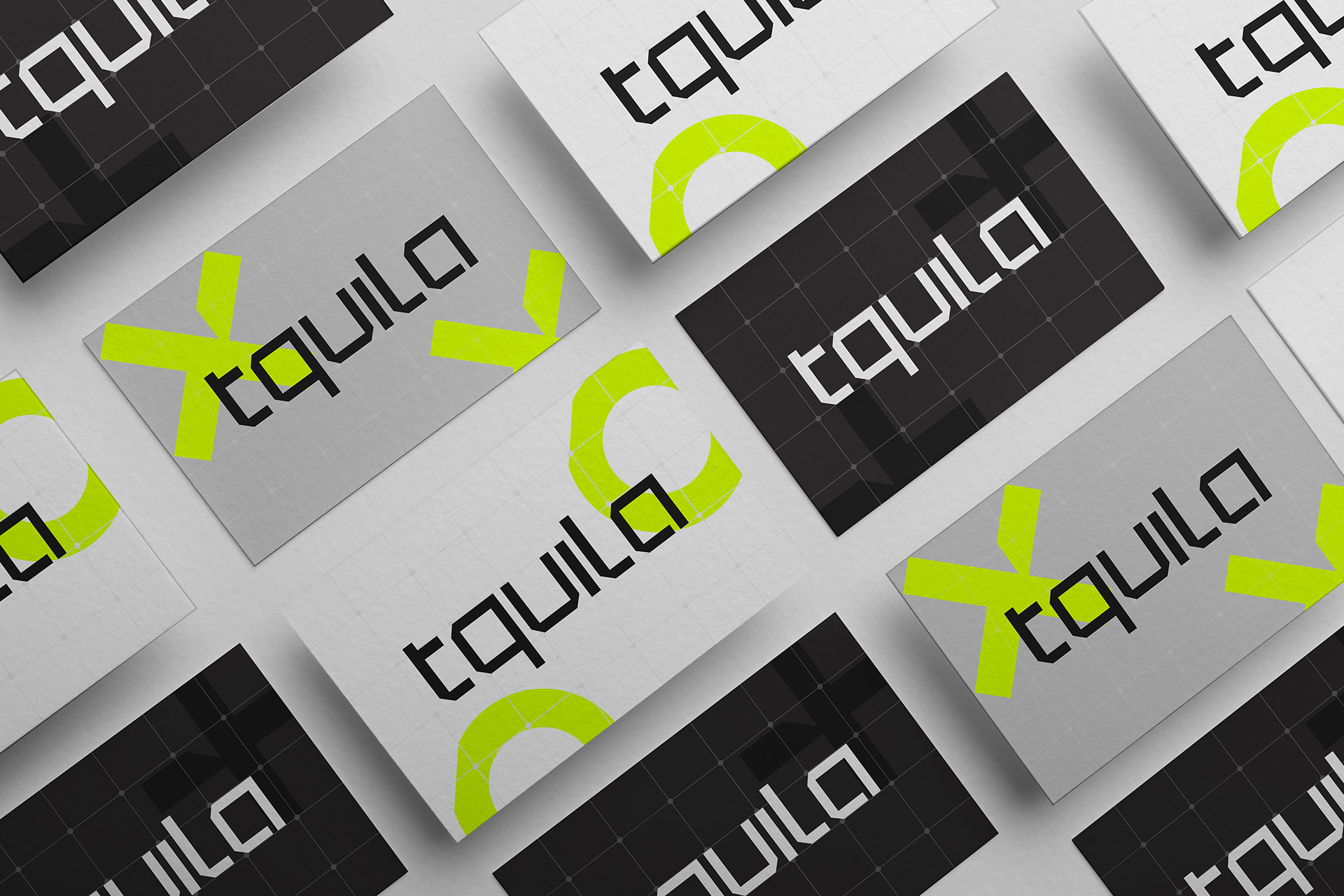Toan Huynh is an advisor with the Delta-v Cloud Services Team and a technology founder and digital transformation leader. She brings over 20 years of experience building, scaling and investing in enterprise technology and services companies. Toan co-founded GlobalOne/CloudSherpas, a cloud technology and services company, which ranked #68 on 2013’s Inc. 5000 and was subsequently acquired by Accenture in 2015 in its largest acquisition to date. In this guide, Toan walks through identifying ecosystem opportunities, becoming a partner, and making the most of a partner relationship.
EXECUTIVE SUMMARY
___________________________________
|
CHOOSING AN ECOSYSTEM STRATEGY Ecosystem partnerships are especially valuable when you and the platform share customers, or when your product complements the platform’s roadmap. Providing a service or product to cover a gap in a particular vertical or market for the ecosystem can lead to increased interest, sales, and support from an ecosystem platform. In choosing an ecosystem, consider the following factors: the growth potential of the platform, its competitive positioning, services intensity and market size, the scarcity of talent to deliver those services, the maturity of the partner ecosystem, and the support and/or sales incentives you can expect from the platform. The platform will be excited to partner with you, if you can demonstrate sizable penetration in their areas of interest and opportunity to bring them new logos, a track record of revenue growth and customer stickiness, and verifiable domain expertise. There are two points of entry into an ecosystem, as an ISV (independent software vendor) and as a services partner. An ISV is a software partner who builds on top of the platform’s open-source architecture and whose offerings are listed in their marketplace. A services partner will support the platform’s software and provide value-add services, including implementation, change management, data integration and managed services. Many platforms enlist service partners to co-sell into clients, as they don’t seek to offer those services themselves. BECOMING AN ISV PARTNER Becoming an ISV partner takes 6-24+ months. You need to develop your pitch, work your way through the queue to be approved by the ecosystem’s ISV tech leader, get platformed in their ecosystem, and undergo technical risk checks. Ecosystems may have queues of thousands of potential partners and the screening process is rigorous. Even establishing contact with the ISV tech leader of the ecosystem is no small feat and getting a warm introduction through an investor such as Delta-v will go a long way in shortening the queue. The platform may fast track you if are uniquely qualified to tackle whitespace within their product development roadmap, or if you can fill gaps across marketing and staffing engagements. To jumpstart the process, your solution needs to be differentiated and draw strong engagement with key stakeholders in the vertical or product team. BECOMING A SERVICES PARTNER While the initial onboarding to become a services partner is often faster than becoming an ISV partner, it’s more difficult to scale a services partnership. There is no technical vetting, so it’s easier to get in, but spinning up a 60-person services shop might take you two years assuming the ecosystem is immature. It involves extensive training and badging of your human capital. Certifications are required to get on the platform’s radar – sometimes you’ll need hundreds or thousands, sometimes you’ll only need a few – and your employees will need to keep their certifications up to date. This ongoing investment is worth the effort because the platform will help drive your sales with their sales teams. Beyond certifications and capability badges, as a services partner, you will be judged on your customer satisfaction scores, growth metrics such as ACV, and ability to bring new logos into the ecosystem. MAKING THE MOST OF YOUR PARTNERSHIP It’s important to find ways to gain mindshare among the AEs within the ecosystem. This can be done by demonstrating expertise in your vertical and actively seeking opportunities to interact with AEs to gain the attention of a platform’s salesforce. Get creative – host a lunch at their offices and do your 10-minute PowerPoint pitch, or get involved during their sales kickoff and be one of the partners invited to present a use case. Many AEs do not necessarily understand vertical or horizontal solutions, so it’s incumbent on you to show real-world use cases and teach the AEs how to talk that language. In addition, consider making internal changes which will maximize the partnership, such as hiring a dedicated affiliate channel resource or aligning your GTM strategy to how the platform’s salesforce is compensated. |
___________________________________
Reach out to your Delta-v contact to access the full "Working With an Ecosystem Guide."





